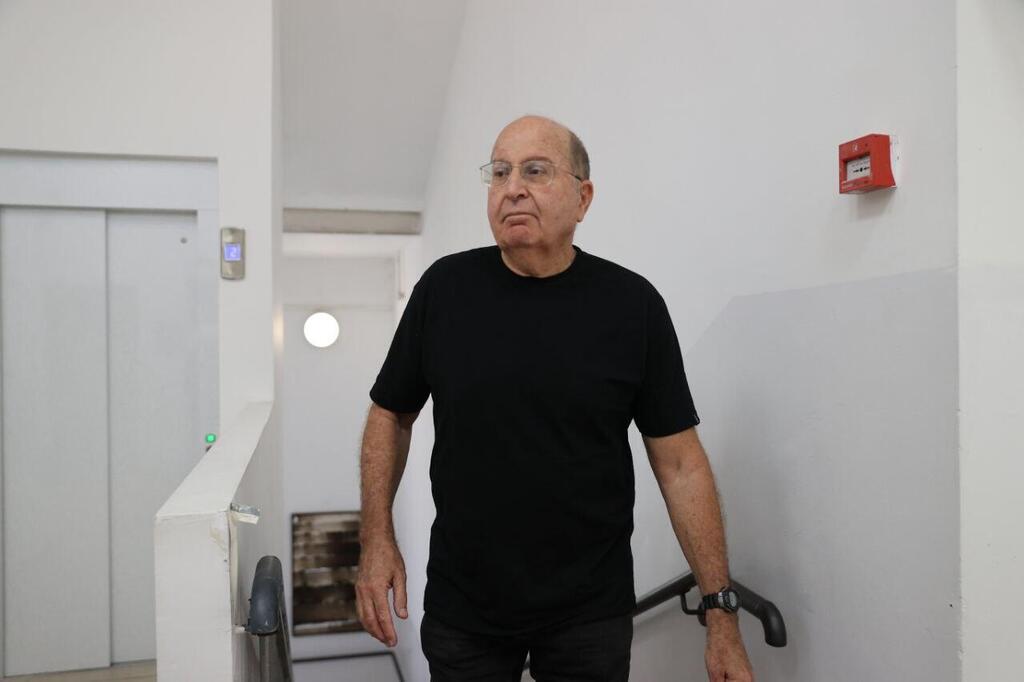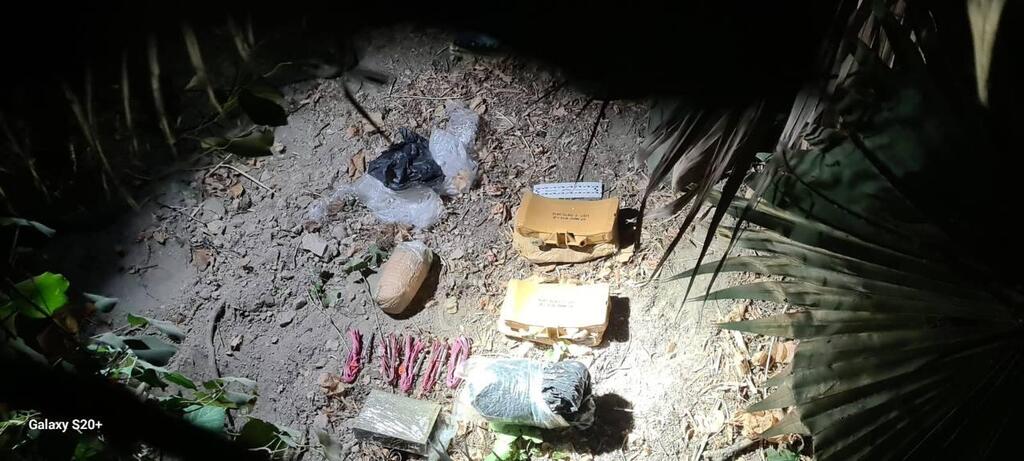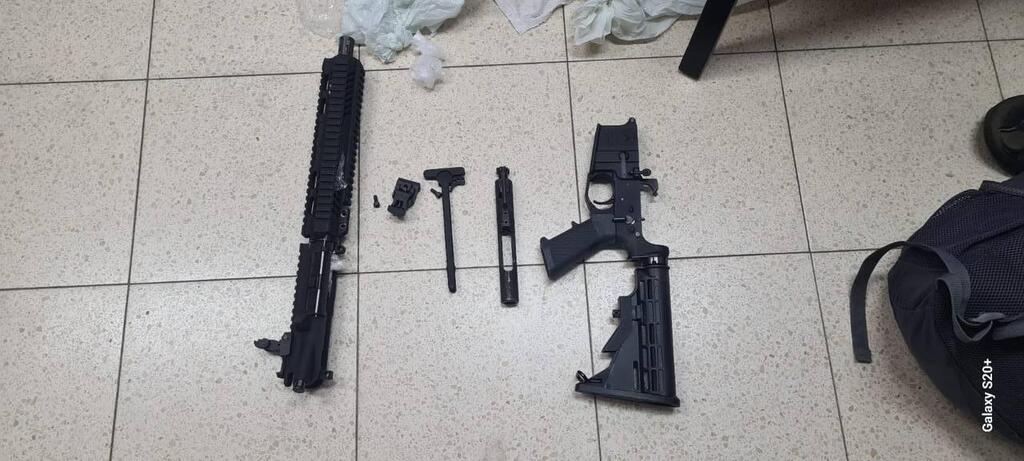Getting your Trinity Audio player ready...
Hezbollah planned to target former defense minister and IDF chief of staff Moshe (Bogie) Ya'alon using an Iranian-made explosive device during a morning run in Tel Aviv's Yarkon Park on September 15 last year, it was revealed on Wednesday after a gag order was partially lifted.
The explosion occurred at 6:30 a.m. on Rosh Hashanah last year. Tel Aviv District Police forces arrived at the scene and identified the device as a standard Iranian-made Claymore anti-personnel mine.
The Shin Bet joined the investigation, and two suspects were arrested later that day on Highway 431, found in possession of incendiary materials and camouflage equipment. The investigation concluded a month later, with indictments filed against eight of the nine suspects. The ninth suspect, a Hezbollah operative in Lebanon, was charged in absentia.
“Two suspects admitted to smuggling a bag containing numerous explosive devices, weapons and drugs," said Elazar Rozilio, an officer with Tel Aviv’s Central Investigations Unit. "The investigation revealed other suspects who helped conceal the materials.”
By October, investigators located additional explosives hidden within Israel, including three Claymore mines and an M-16 rifle in East Jerusalem.
According to police, the suspects did not know each other. One suspect placed the device under a tree, guided by a Hezbollah operative, and activated a dashboard camera to identify Ya'alon.
The camera relayed footage to a remote operator. The device exploded prematurely, likely due to a malfunction. Initially, the suspects remained silent but eventually revealed details about the operation.
A yearlong gag order allowed police to build a strong case, leading to indictments. The investigation revealed the explosion aimed to target Ya'alon, based on surveillance and camera footage examined by investigators.
The suspects installed a camera on the device to remotely monitor foot traffic in the park. When a person identified as Ya'alon passed by, the device was triggered. The incident ended with no casualties.
According to the indictment, one suspect asked an accomplice to accompany him to the Lebanese border to smuggle drugs. The two drove to Kibbutz Sasa, where they communicated with a Hezbollah operative via WhatsApp, who directed them to a specific spot near the border fence.
Upon collecting nine packages, they realized they were smuggling weapons, not drugs. They returned to Tel Aviv with the bags, which contained dismantled rifles, handguns and Claymore mines.
The packages were then transported to a location in Beit Hanina, North Jerusalem, with another suspect ensuring there were no police checkpoints en route.
On August 31, the Hezbollah operative instructed another suspect to purchase remote-controlled car cameras and park his vehicle at Yarkon Park. The following day, another accomplice was tasked with preparing the explosive device, composed of a Claymore mechanism allowing remote detonation.
On September 12, one suspect retrieved the mine from a hidden location in East Jerusalem, directed via WhatsApp video by a Hezbollah operative on where to place and conceal it.
On September 15, Hezbollah ordered one of the suspects to detonate the device, intending to kill “an important individual.” The bomb exploded at 6:30 a.m., after which the suspect fled to Beit Hanina with the help of an accomplice.





